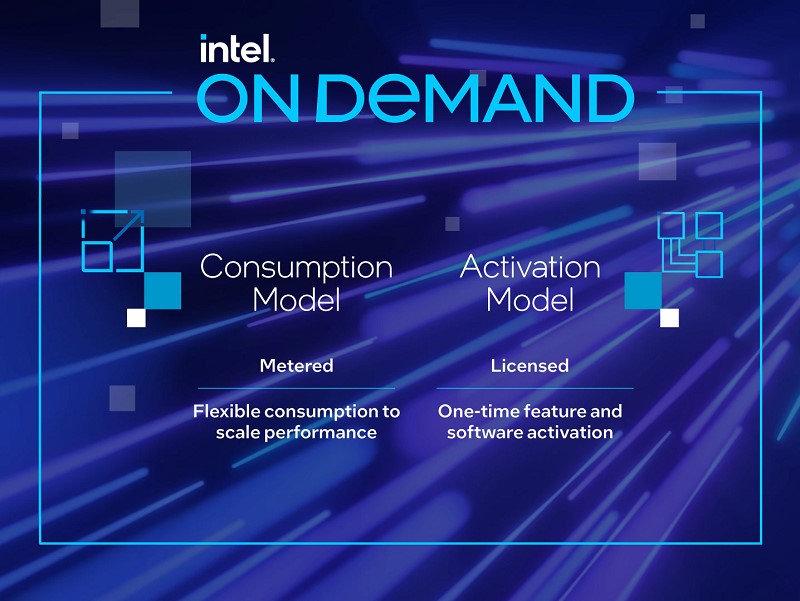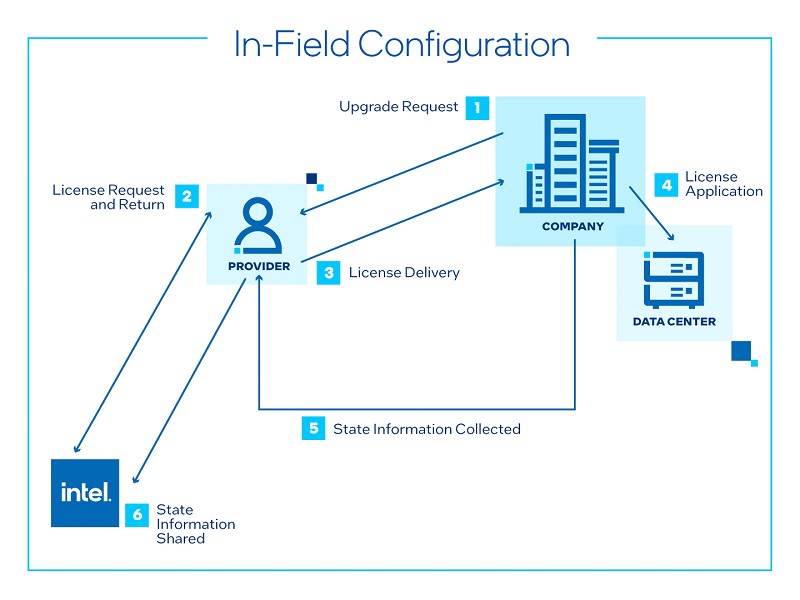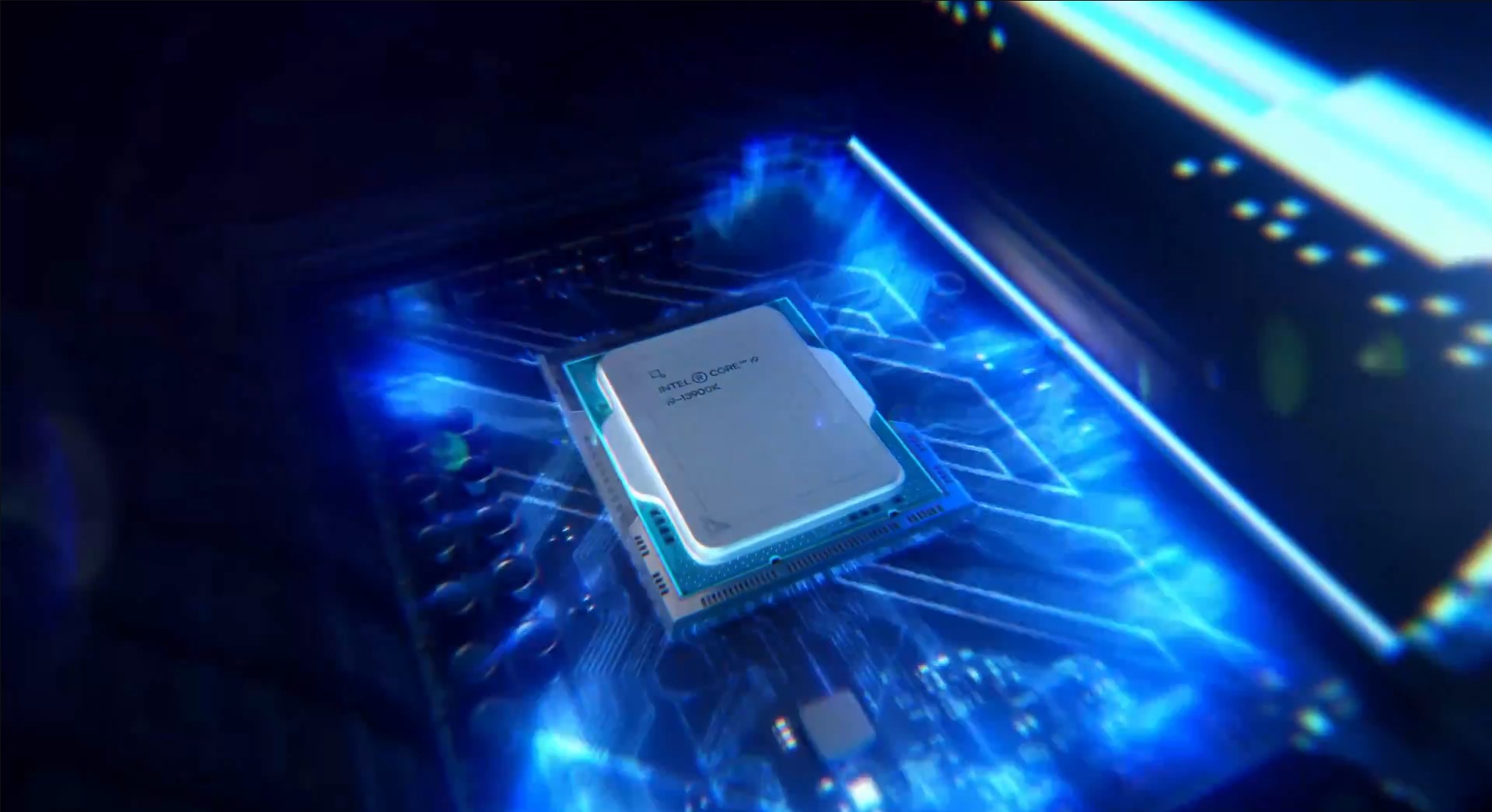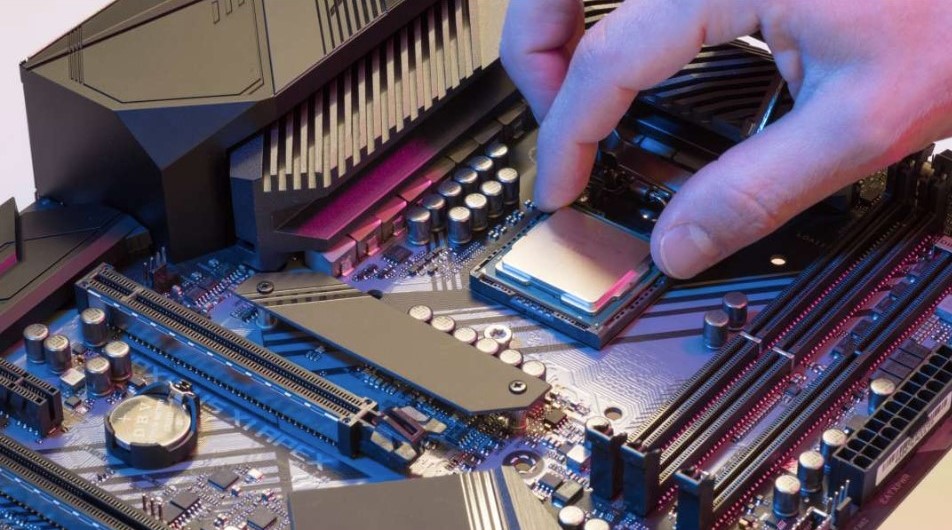One of the overlooked topics in 2022, was the unveiling of a pay-as-you-go service called Intel On Demand. The service aims to provide customers the option to pay for other features in the upcoming Sapphire Rapids Xeon CPUs. Think of it as a DLC or subscription service in video games where you need to purchase additional content or enroll in an online service to get the full experience. In short, it’s a paywall for Intel’s upcoming CPUs.
As for the complete details, Intel’s announcement did not divulge specific details about the inner workings of the system itself. They did provide, however, an overview of the two options available for clients. To be honest, I am not an overly technical guy but, in my opinion, it seems the keyword in this business model is to “pay-to-access” some of the existing features housed within the CPU you own, which is a bummer. Now do not panic or celebrate just yet as the service is only available for data center customers (telecommunication companies, government agencies, financial institutions, etc.).
What is Intel On Demand?
According to Intel’s reasoning for its On Demand program, not all of its users want all of the capabilities to be active at once. As a result, this effectively provides them the choice of whatever components they desire to activate, either for local use or to be provided remotely as a utility. Data Streaming Accelerator, Dynamic Load Balancer, Quick Assist Technology, Software Guard Extensions, Data Streaming Accelerator, and In-Memory Analytics Accelerator are just a slew of technologies that are being provided.

To elaborate, Intel’s 4th generation Xeon Scalable Sapphire Rapids CPUs will come with a host of features, such as security technologies and specialized accelerators. Even though these functions are available, not all of them will be turned on right away. Thus, Intel’s On Demand program.
In other words, the program may be divided into two categories. First, an activation model, wherein consumers merely pay a one-time charge for the feature and related software to be activated; and a consumption model, which offers flexibility. It is also the one that the tech giant is expecting its customers to select.
The Paywall Concept
Paywalls have been around since the ‘90s. The creation of this business model was credited to The Wall Street Journal, whose successful execution of the system became an inspiration to other publication companies. Thus, making the paywall concept mainstream.

There are three main variations of paywalls: Hard, Soft, and Metered. Hard Paywalls require the user to pay to access the content. It is comparable to “game of the year” editions in video games. While Soft Paywalls provide users with a free taste or sample enticing them to purchase or subscribe to access the content. It is comparable to video game demos. Metered Paywalls, on the other hand, are like free-to-play games where you can access the main content and offer premium content for a price.
Now, imagine having to purchase a CPU at full price but you need to pay extra to access its features. It doesn’t sound good, right? On the other hand, what if you can get that CPU for half the price? Would you go for it? Personally, as long as I can play games on my PC, then having some features on my CPU won’t be a problem.
So, Is it a Virus or a Cure?
As for the question of whether the concept is a virus or a cure, well, it all depends on where the concept is applied. Paywalls, especially Hard Paywalls are great for video games if you get the full experience after paying the full price. The same can be said with CPUs. However, getting the latest chip can sometimes cost a fortune.
This is where the Metered Paywall comes into play. In my opinion, a CPU with a Metered Paywall is less expensive compared to those without. Having the option to get the latest processor at a lower price, with the freedom to upgrade or unlock its features in the future, is a thumbs up in my book.

Coming from a casual gamer’s perspective, paywalls, DLCs, microtransactions, etc. are some of the most annoying features found in a video game. This is especially true if you paid full price for the product but are required to pay for additional content. On the contrary, having paywalls in CPUs could make the latest chip accessible or consumer-friendly. Unlike video games where you expect to relish every content, there are features in the CPU that a regular gamer like myself does not really need or care about.
If not having unnecessary features activated means that I can get the latest processor for less, then it’s definitely a win. Not to mention, that having the option to upgrade or unlock a feature on my CPU will save me time and money since I can do it online.
To that end, if Intel does not get too greedy, the paywall concept is undoubtedly a cure for the rising cost of computing. Otherwise, it’s just another annoying virus residing inside the brain of your computer. Always reminding you to upgrade your system.




